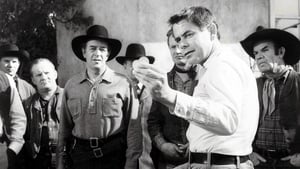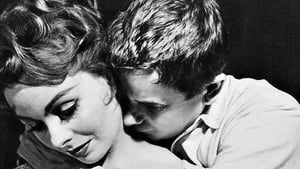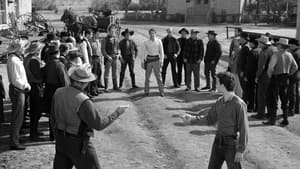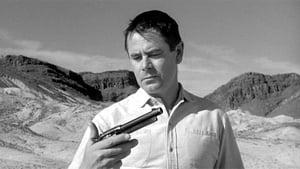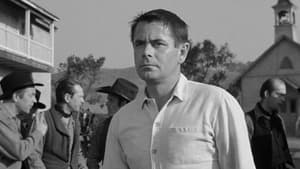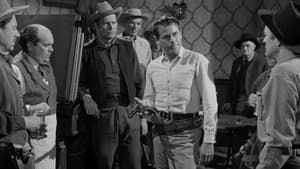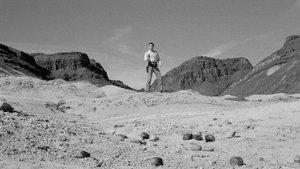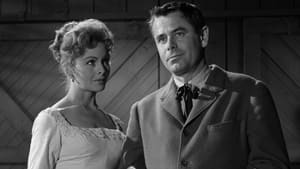Video Sources 0 Views
- Watch trailer
- The Fastest Gun Alive 1956 Colorized

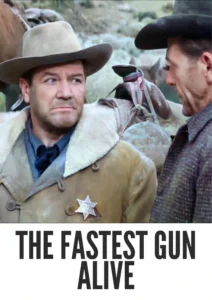
Synopsis
Table of Contents
Toggle
Saddle up for a captivating journey into the Old West with The Fastest Gun Alive, a thrilling Western from 1956, now beautifully colorized for a visually stunning experience. Starring Glenn Ford as the unassuming storekeeper, George Temple, and Broderick Crawford as the menacing outlaw, Vinnie Harold, this film explores themes of identity, reputation, and the burden of a violent past. Perfect for Western aficionados and those seeking a gripping narrative with a touch of psychological depth, this HD download brings a classic tale of courage and redemption to your screen.
The Fastest Gun Alive unfolds in the quiet, peaceful town of Cross Creek, where George Temple lives a simple life as a storekeeper. He is a man who shuns violence and avoids conflict. However, George harbors a secret: he is actually George Kelby Jr., the son of a notorious gunslinger, and possesses extraordinary skill with a gun himself, a skill he desperately tries to suppress.
The tranquility of Cross Creek is shattered by the arrival of Vinnie Harold, an infamous outlaw known for his lightning-fast draw and deadly accuracy. Harold is on a mission to prove he is the fastest gun alive, challenging every gunslinger he encounters. As fear grips the town, George is forced to confront his past and his hidden talent. To protect his wife and the townspeople, he reluctantly steps forward, revealing his true identity and challenging Harold to a duel. The ensuing showdown is a battle of not only skill but also wills, as George confronts his inner demons and the legend that haunts him. The Fastest Gun Alive is a compelling exploration of heroism, identity, and the cost of violence.
The film boasts a stellar cast that brings depth and authenticity to this classic Western:
-
Glenn Ford as George Temple/George Kelby Jr.
-
Broderick Crawford as Vinnie Harold
-
Jeanne Crain as Dora Temple
-
Russ Tamblyn as Matt
-
Allyn Joslyn as Brian Tibbs
The Fastest Gun Alive transcends the typical Western genre, incorporating elements of psychological drama and suspense. It’s not just about gunfights; it’s about the internal conflict of a man trying to escape his past and the burden of a violent reputation. This blend of action and introspection makes it a standout film in the Western canon.
Released in 1956, The Fastest Gun Alive arrived during a period when the Western genre was evolving beyond simple good-versus-evil narratives. The film reflects the growing sophistication of Hollywood storytelling and the anxieties of the Cold War era, subtly exploring themes of hidden identities and the potential for violence simmering beneath a peaceful facade. It stands as a testament to the Western’s ability to address complex social and psychological issues within the framework of a thrilling action film.
This colorized version of The Fastest Gun Alive has been meticulously crafted using state-of-the-art digital techniques, enhancing the visual impact while respecting the film’s original artistic intent. The colorization process involved extensive research into the color palettes of the Old West, ensuring accuracy and authenticity in the depiction of costumes, landscapes, and interiors. Advanced algorithms were employed to seamlessly integrate color into the black and white footage, bringing a new level of vibrancy and detail to the story. This painstaking effort allows modern audiences to experience the film in a fresh and engaging way. While debates about colorization persist, it undeniably opens up classic films to a wider audience, preserving their cultural significance for generations to come.
-
: Russell Rouse
-
: Frank D. Gilroy, Russell Rouse
-
: Philip Yordan
-
: George J. Folsey
-
: Gene Ruggiero
-
: Metro-Goldwyn-Mayer (MGM)
-
: Metro-Goldwyn-Mayer (MGM)
-
: 89 minutes
-
: MP4
-
: HD (1080p)
-
: Compatible with a wide range of devices, including smartphones, tablets, computers, and smart TVs.
The Fastest Gun Alive (1956) is widely regarded as a standout Western, praised for its compelling performances, taut direction, and thought-provoking themes. Glenn Ford’s portrayal of a man wrestling with his past is particularly lauded, and the film’s exploration of violence and identity remains relevant today. It’s a classic example of the Western genre at its finest, blending action, suspense, and psychological depth.
-
: What is The Fastest Gun Alive about?
-
A: The Fastest Gun Alive tells the story of a peaceful storekeeper with a hidden talent for gunslinging who must confront his past when a notorious outlaw comes to town.
-
-
: Is The Fastest Gun Alive (1956) a well-known Western film?
-
A: Yes, The Fastest Gun Alive is considered a classic Western, known for its strong performances and compelling storyline.
-
-
: Is this version of The Fastest Gun Alive colorized?
-
A: Yes, this version has been professionally colorized to enhance the viewing experience.
-
-
: What makes The Fastest Gun Alive interesting for Western fans?
-
A: The Fastest Gun Alive offers a unique perspective on the Western genre, exploring themes of identity, violence, and the burden of the past.
-
-
: What is the download format?
-
A: The download format is MP4, ensuring compatibility with most devices.
-
-
: What resolution is the download?
-
A: The resolution is HD (1080p), providing a high-quality viewing experience.
-
Saddle Up and Watch The Fastest Gun Alive Today!
